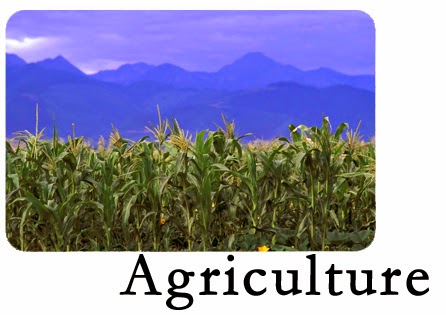White Zimbabwean farmers who have been forced off their farms and have tried to start anew in other African countries have all failed in their new endeavors–because none of them appreciated how bad Africa actually is.
The leftist controlled media continually portrays black Africa as a “developing” continent with dramatic growth, potential, and “freedom” where the yoke of colonialism has been thrown off.
The reality is far different. It is a continent of the utmost backwardness, degradation, misery, violence, and primitive savagery—and the only few “bright spots” are where either a tiny handful of Europeans keep the show on the road, or where their legacy has not yet been totally subsumed.

The suburbs of Lagos, the capital of Nigeria: an overcrowded, polluted slum.
Nigeria is a case in point. Widely touted as one of Africa’s giants, it even formally offered white farmers from Zimbabwe a new start after Robert Mugabe’s thugs seized their land early in 2000.
But, as a 2013 article in the Economist revealed, even that “ray of sunshine” has turned into a typical African farce. According to the article, seven years “after 18 white Zimbabwean farmers settled on a chunk of land in Nasawara state at the invitation of the then governor, only one family is still there. All the others have given up in despair.”

According to the Economist, Bruce Spain, aged 35, and his father Colin, 66, “together with their doughty wives and a pair of toddlers, are hanging on—but only just.”
Nigeria lies in a fertile part of Africa. Its economy is supposed to be one of the largest on the continent (its population, estimated at 163 million and growing, certainly is). So why was the Zimbabwean farming expedition unsuccessful?
The answer is contained, probably inadvertently, in the Economist article: Crop yields were dismal, mainly due to poor-quality seed and fertilizer. Spares were hard to get when machinery broke down.
“Until good seed is available and the theft factor is dealt with there will be very little commercial farming in Nigeria,” the older Mr. Spain said.
Why is there no “good seed” or fertilizer? And what’s all that about the “theft factor?”
But that’s not all, as the Economist dryly continues:
The Spains have no mains electricity, no piped water, no land-line, no trained labor force, no one handy with basic accountancy, no available research facilities, no easy access to agricultural data. Roads are lousy. Theft is endemic.
The article does not explain why these services were available in pre-farm-seizure Zimbabwe. Perhaps it never occurred to the journalist, or perhaps it did, and was a topic preferred ignored.
The answer, of course, is that there were still a small number of Europeans keeping a basic system running, and they could rely on regular supplies from neighboring South Africa, which still has a few million whites left.
 *Recommended reading: The Great South African Land Scandal, by Dr. Philip Du Toit.
*Recommended reading: The Great South African Land Scandal, by Dr. Philip Du Toit.
In 2007, thirteen years after adopting black rule, South Africa became a net food importer for the first time since its founding in 1652.
This book tells the story of South Africa’s “land reform” which, although proceeding at a slower pace than in Zimbabwe, is no less insidious and is leading to the same disastrous consequences.
White Afrikaner farmers are being driven from the land through a combination of murder, terrorism, and state coercion.
Almost every farm taken over by black farmers has collapsed and food production has plummeted. There are now around 30,000 white farmers left, from a high of 80,000 in 1980.
When first published, pressure was exerted by the South African government to suppress this book—and the reader will soon discover why as example after example of black failure is laid out with incontrovertible factual analysis.

